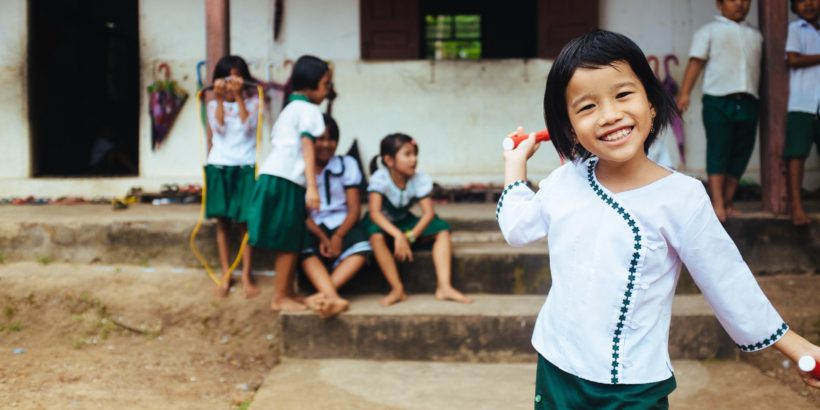For many families and communities around the world, this week is filled with celebrations and parties for Halloween, All Saints Day, Dia de los Muertos, and other cultural celebrations that either remember relatives and ancestors who have passed away, or allow children a chance to dress-up and pretend to be spooky, scary creatures for a night.
During this particular week, we can’t help but think about the families and communities who may be haunted by a centuries-old scare: typhoid. In the early 1900’s, the United States and other western countries knew typhoid quite well. Incidence rates were high, and people often died from typhoid infections. However, with the introduction of sewage systems, purified drinking water, and the advent of antibiotics, typhoid largely became a ghost of the past for many industrialized cities.
Yet for many low- and middle-income countries, typhoid is no distant fright. Nearly 12 million people become sick with typhoid each year; an estimated 90 percent of deaths occur in Asia, but the burden in sub-Saharan Africa may be larger than previously known. For too many, typhoid, which is a bacterial disease, remains a scary reality that is all too common in communities that lack access to high quality clean water, improved sanitation, and handwashing habits (WASH).
Ongoing data and research presents a new scare: drug-resistant typhoid. While typhoid can be treated with antibiotics, the rate of cases resistant to available antibiotics is increasing globally. Drug-resistant typhoid strains force the use of more expensive, less commonly available, and harder-to-use antibiotics, placing huge pressure on under resourced, fragile health systems.
The most effective way to make typhoid a disease of the past is through integrated prevention and treatment tools, including vaccines and improvements in safe water, sanitation, and hygiene. There was good news last week when the World Health Organization’s Strategic Advisory Group of Experts (SAGE) on Immunization recommended that typhoid-endemic countries introduce typhoid conjugate vaccines (TCVs) in a single dose for infants and children over the age of 6 months, accompanied by catch-up vaccination campaigns for children up to 15 years of age. Additionally, SAGE recommended prioritizing TCV introduction in countries with the highest burden of disease and/or growing burden of drug-resistant typhoid. This strategic step forward is major progress toward making TCVs more readily available to help in the fight against typhoid.
For centuries, young children have missed their Halloween and All Saint’s Day celebrations as they suffered from and even succumbed to typhoid infections. Today, the specter of typhoid still haunts too many families around the world. Whether a child is trick-or-treating for Halloween candy or remembering relatives past, all children deserve a happy, healthy childhood. We must continue to work together to take on typhoid: with collaborative, integrated efforts, we can make typhoid a ghost of years past.



